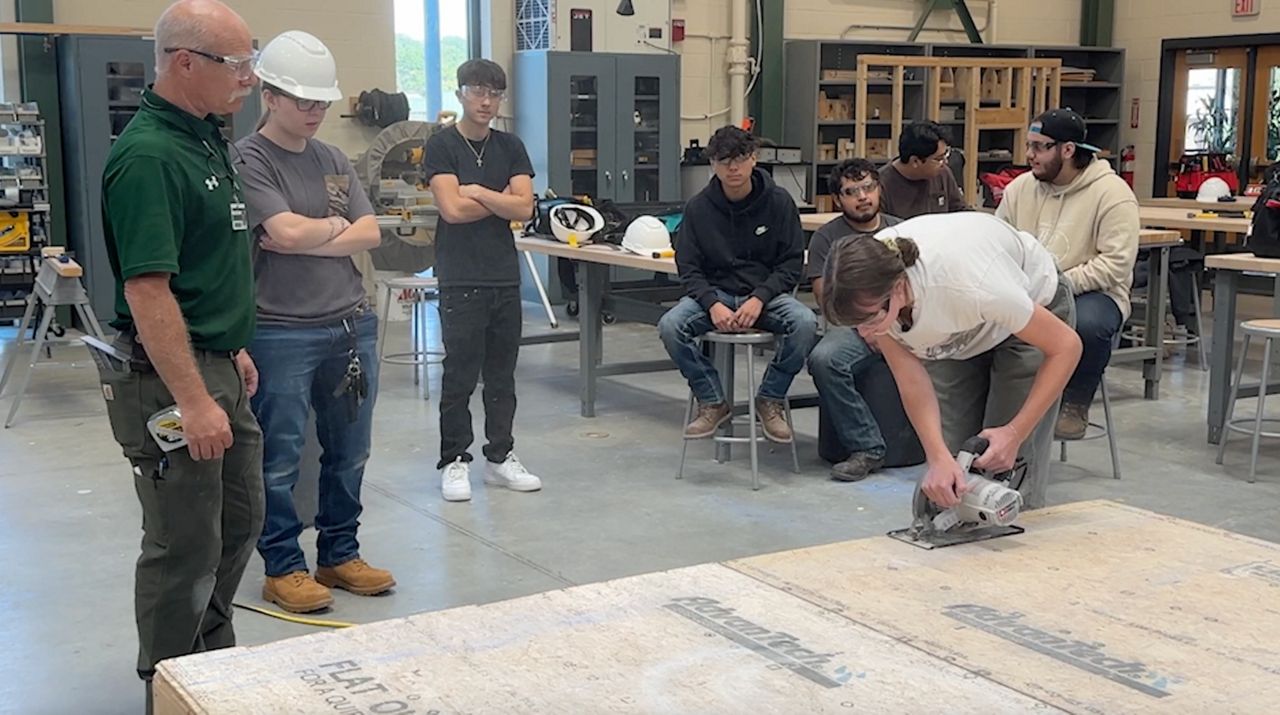Infra
Trade job programs in New York raising interest among students

Many jobs are facing workforce shortages, including some in the trades. According to the Associated General Contractors of America, the nation’s failure to invest in construction workforce education and training programs is having an impact on the country’s ability to build infrastructure.
One school in New York, however, is giving full-tuition scholarships to students in the construction technology program.
Like many 18-year-olds, Kara Sullivan doesn’t know what field she wants to go into.
“I really enjoy working with my hands,” said Sullivan, a student at Columbia-Greene Community College. “I like seeing how things work.”
She’s enrolled in the one-year construction technology program and right now, is learning the basics. But by the end of the year, students learn everything framing to finishing. They build two fully functional tiny homes.
Students like Sullivan can figure out their passion without the hefty price tag of tuition.
“In grade school, they kind of teach you that the only option is, you know, going to college and like being a nurse, being a teacher. But there’s other stuff that you can do. And not only construction technology, but there’s a lot of different trades that you can go into, like electrical and plumbing,” Sullivan said.
According to a survey released last month from the Associated General Contractors of America, 94% of contractors report they are having a hard time filling open positions.
“Historically, I think we’ve not done a great job of aligning kids with the great opportunities that exist in construction. In New York, we have a more significant workforce shortage in the construction industry than most states,” says Mike Elmendorf, president of Associated General Contractors of New York.
But some schools are trying to change that. There are construction technology programs across the state, but the program at Columbia-Greene offered full-tuition scholarships for the fall 2024 semester. It’s significantly increased interest in the program by making it more accessible.
“This program is three days and four days a week, so it’s a lot of time and they really can’t work a second job because this is really like a full-time job. They put in hours a day. They go home tired,” said Andrew Soltano, an instructor at the college.










